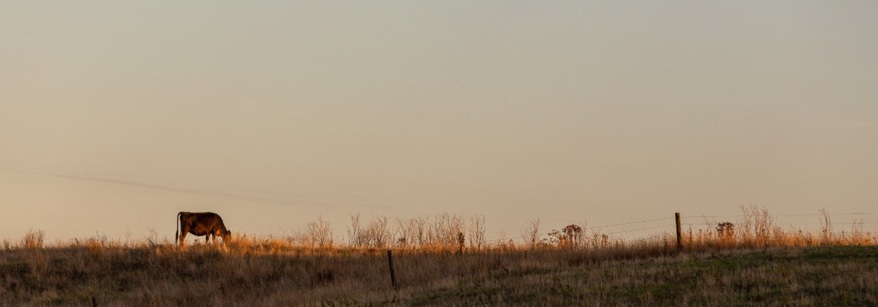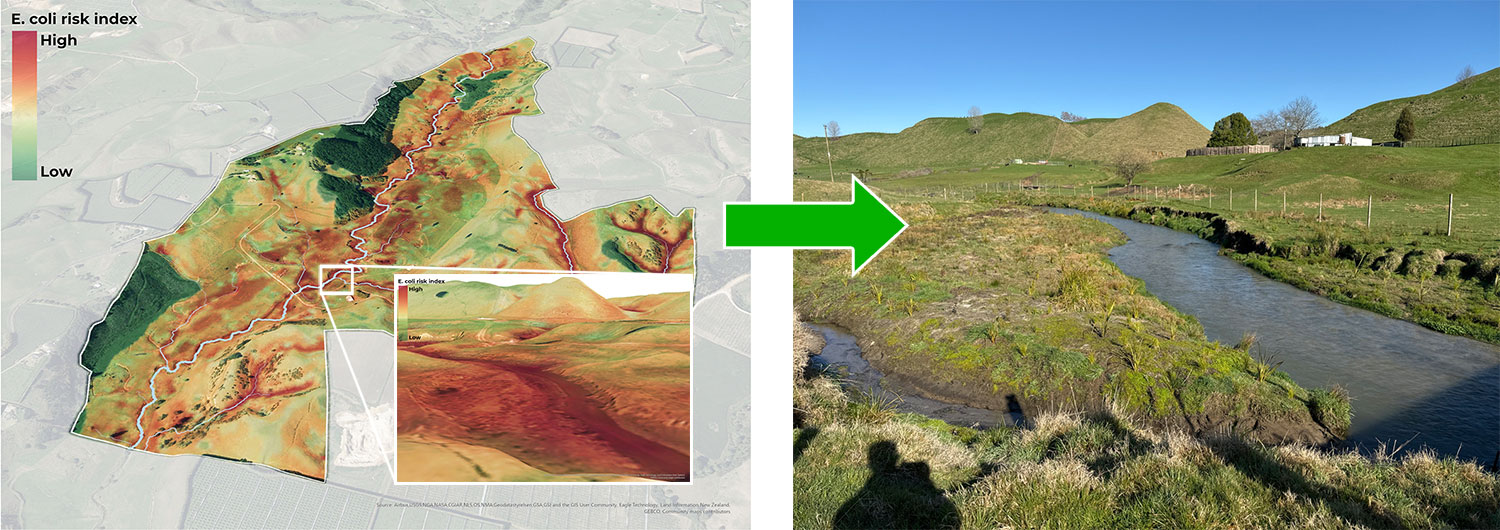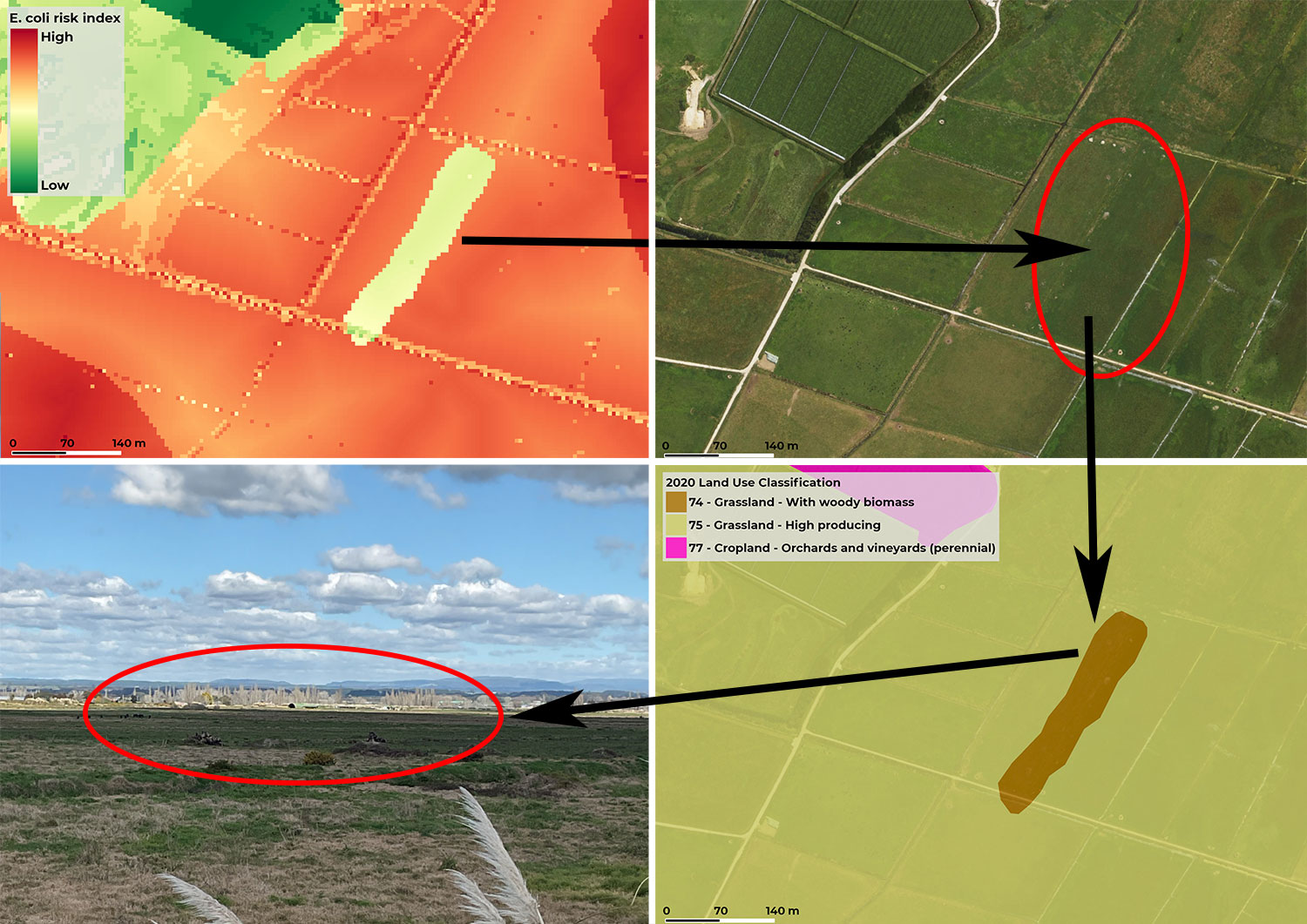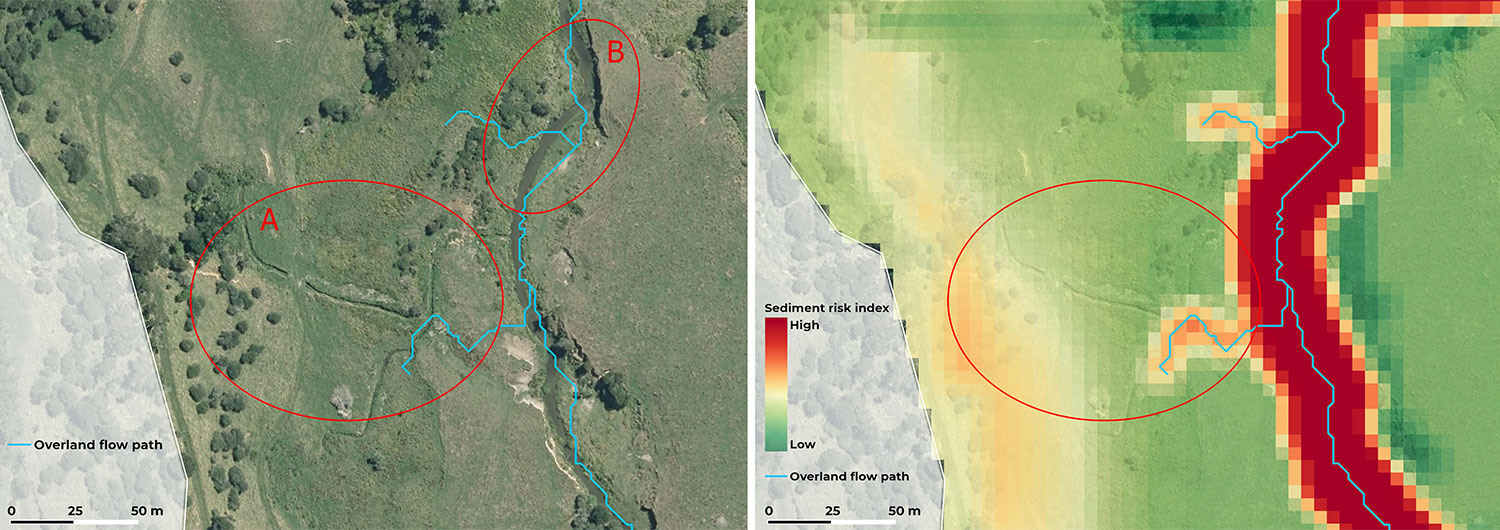What is biophysical risk?
Biophysical risk (also known as inherent vulnerability) is defined as the natural characteristics of the land that contribute to contaminant loss to waterbodies. It is the attributes of the land that either can’t be changed, or can’t easily be changed, such as:
- Soil type
- Topography
- Climate
- Proximity to a stream
- Land cover.
It’s useful to remind users what biophysical risk mapping IS and what it IS NOT, to ensure that the outputs are used for their intended purpose.
| Biophysical risk mapping is | Biophysical risk mapping is NOT |
|
|
Farm specific risk = inherent biophysical risk + management risk.
Understanding initial risk is important for landowners to prioritise mitigation options.









